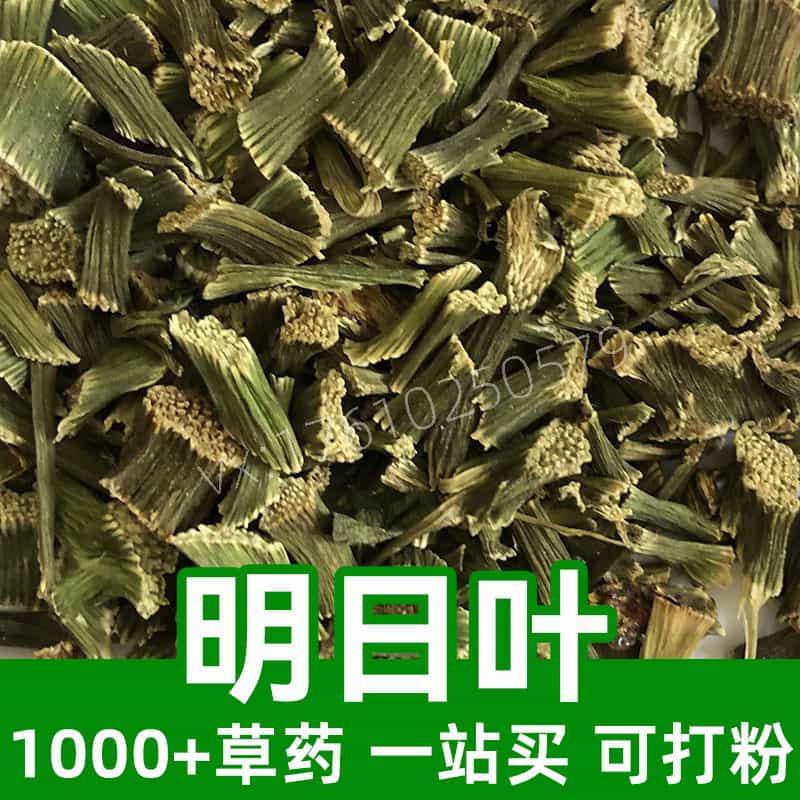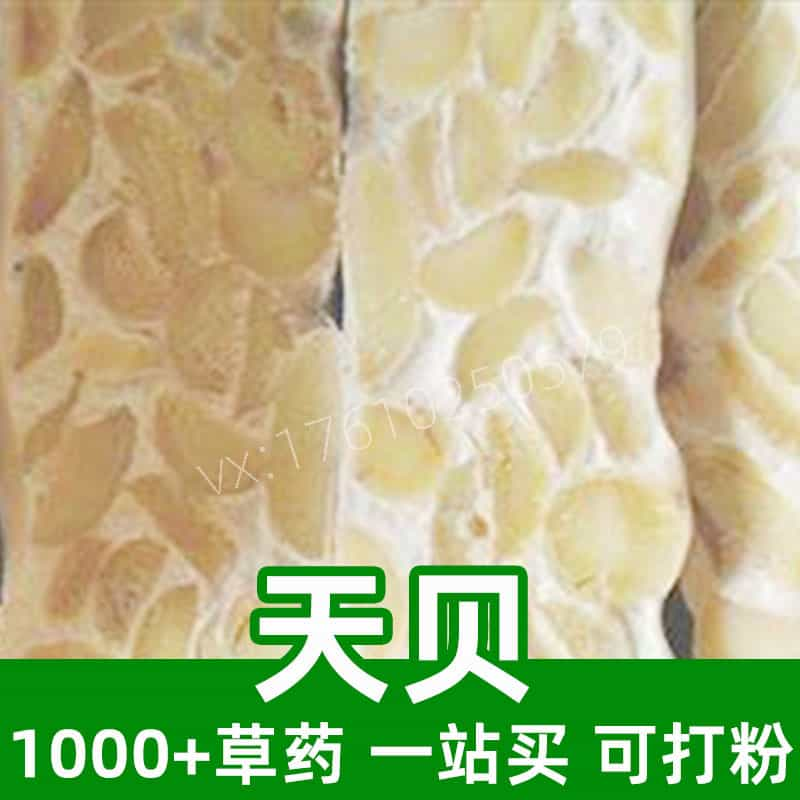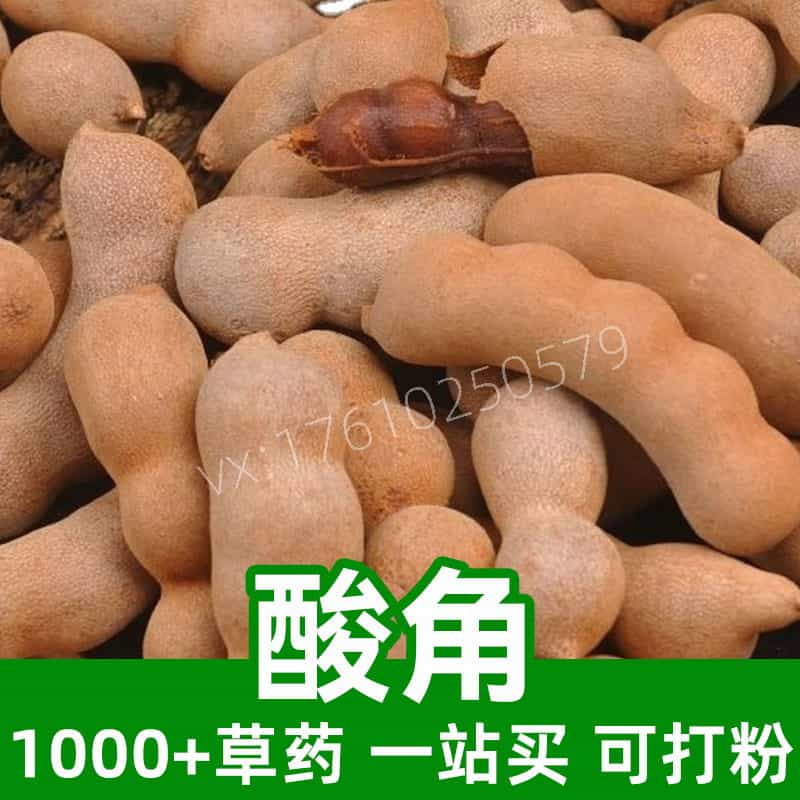Wheatgrass Product Introduction
Wheatgrass is a nutrient-rich green plant primarily composed of chlorophyll, amino acids, vitamins, and minerals. It originates from the young shoots of wheat, cultivated and nurtured through special processes. Wheatgrass is widely used in dietary supplements, health products, and beauty applications, as well as for medicinal purposes.
One of the key components of wheatgrass is chlorophyll, a powerful natural antioxidant that helps eliminate free radicals, boosts immunity, and promotes cell health. Additionally, wheatgrass is rich in amino acids, the building blocks of protein, which support the health of muscles, bones, and skin. Its vitamins and minerals, such as vitamins A, C, E, K, calcium, magnesium, and iron, help maintain normal body functions.
In daily life, wheatgrass can be added to vegetable juices, salads, smoothies, or consumed as a health supplement. It is versatile in consumption methods, including raw, juiced, or incorporated into various recipes. Whether used for dietary supplementation or wellness, wheatgrass is considered a natural and healthy choice.
Main Active Components of Wheatgrass
As the young shoot of wheat, wheatgrass boasts exceptional nutritional properties. Its key active components include:
- Chlorophyll: A primary component of wheatgrass, chlorophyll has potent antioxidant properties, aids in free radical removal, boosts immunity, and supports cellular health and function.
- Amino Acids: Wheatgrass is abundant in amino acids, essential for building proteins, promoting normal tissue growth, and aiding muscle, bone, and skin health.
- Vitamins: Rich in vitamins A, C, E, K, and others, wheatgrass supports immune strength, cell regeneration, and the maintenance of skin and vision health.
- Minerals: Contains essential minerals such as calcium, magnesium, and iron, which contribute to bone health, nerve conduction, and blood circulation.
- Phytonutrients: Includes beneficial compounds like folate and flavonoids, which support metabolism and overall health.
- Dietary Fiber: High in dietary fiber, wheatgrass promotes digestive health, regulates blood sugar and cholesterol levels, and prevents constipation.
These components endow wheatgrass with rich nutritional value and a wide range of health benefits, making it a popular choice for dietary and wellness products.
Wheatgrass Applications and Usage Guidelines
- Traditional Medicine Applications:
- Heat and Detoxification: In traditional medicine, wheatgrass is believed to be sweet and cooling, aiding in clearing heat, detoxifying, and relieving coughs. It is often used for symptoms like heat-induced coughing and dry mouth.
- Nourishing and Lung Moisturizing: Wheatgrass is rich in phytonutrients and moisture, which help nourish and cool the lungs, suitable for treating lung-heat-related conditions like dry cough with little phlegm.
- Liver Detox and Eye Care: The vitamins and chlorophyll in wheatgrass aid in liver detoxification and eye health, alleviating dry eyes and blurred vision caused by liver heat.
- Culinary Applications:
- Salads: Tender green wheatgrass leaves make a refreshing addition to salads, pairing well with fruits, nuts, and other ingredients to enhance flavor and nutritional value.
- Soups and Broths: Used as a soup ingredient, wheatgrass enriches flavor and boosts nutritional content when combined with other vegetables or herbs.
- Vegetable Stir-Fries: Ideal for vegetarian dishes, wheatgrass can be stir-fried with mushrooms or tofu, providing a nutrient-dense and flavorful meal.
- Usage Guidelines:
- Herbal Decoctions: Wash a suitable amount of wheatgrass and simmer it in water for 20-30 minutes to make a decoction. Consume 1-2 times daily.
- Raw or Processed: Eat fresh wheatgrass directly, or process it into salads or juices. Adjust daily intake based on individual taste and health needs.
Wheatgrass, as a highly nutritious and multifunctional ingredient, is suitable for traditional medicine purposes like detoxification and lung support, as well as for creating healthful dishes and beverages.
Wheatgrass Source, Distribution, and Growth Environment
- Source:
- Scientific Name: Triticum aestivum
- Other Names: Wheat Leaf, Young Wheat Shoot
- Appearance: Tender green shoots with alternating light and dark green stripes, offering a crisp texture and sweet flavor.
- Distribution:
- Geographical Range: Found globally, particularly in wheat-growing regions such as the U.S., China, Canada, and Europe.
- Climate: Thrives in warm, humid conditions with adequate summer sunlight for optimal growth.
- Growth Requirements:
- Soil: Prefers fertile, well-draining soil with neutral pH.
- Light: Grows best in ample sunlight; insufficient light may prolong the growth phase and impact quality.
- Temperature: Ideal temperature range is 15–25°C (59–77°F); high temperatures can hinder quality.
- Growth Cycle:
- Timeframe: Typically ready for harvest 7–10 days after planting.
- Methods: Commonly sown directly or in seed trays with consistent irrigation to keep the soil moist.
- Cultivation Tips:
- Density: Avoid overcrowding to reduce competition.
- Fertilization: Supplement with nitrogen, phosphorus, and potassium to ensure robust growth.
Wheatgrass Harvesting, Processing, and Storage
- Harvest Timing:
- Harvest wheatgrass during its young growth stage (7–10 days after planting) for peak flavor and nutritional value.
- Harvest Methods:
- Use whole-plant cutting or trim shoots selectively, focusing on healthy, green, pest-free growth.
- Processing:
- Clean and air-dry freshly harvested wheatgrass, removing impurities and damaged parts. Cut into suitable lengths for easier use.
- Storage:
- Refrigeration: Store at 0–4°C (32–39°F) to maintain freshness for 1–2 weeks. Consume promptly for best quality.
- Freezing: For extended storage, freeze wheatgrass, though it may lose texture upon thawing.
- Packaging:
- Use breathable bags or containers to avoid moisture buildup. For transport or sale, opt for durable, ventilated packaging to prevent crushing.
- Notes:
- Ensure hygiene during harvesting and processing. Regularly inspect stored wheatgrass to remove spoiled portions promptly.
Proper harvesting, processing, and storage practices are crucial for preserving the quality and nutritional value of wheatgrass, ensuring it remains safe and effective for consumption.
Monica Sun is a seasoned expert in the natural raw materials industry, with over a decade of experience specializing in traditional Chinese medicinal herbs, spices, and fungi. She is skilled in the sourcing, processing, and application of these materials, emphasizing sustainability and innovation. Monica Sun has contributed to the development of high-quality natural raw materials that serve as essential components in functional foods, pharmaceuticals, and cosmetics, delivering tailored solutions to meet diverse market needs.













